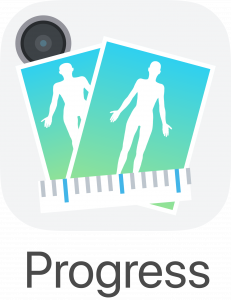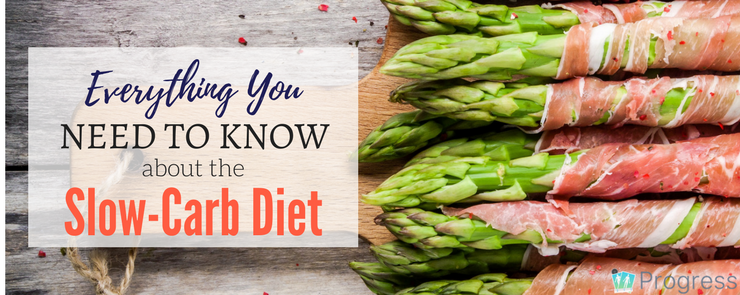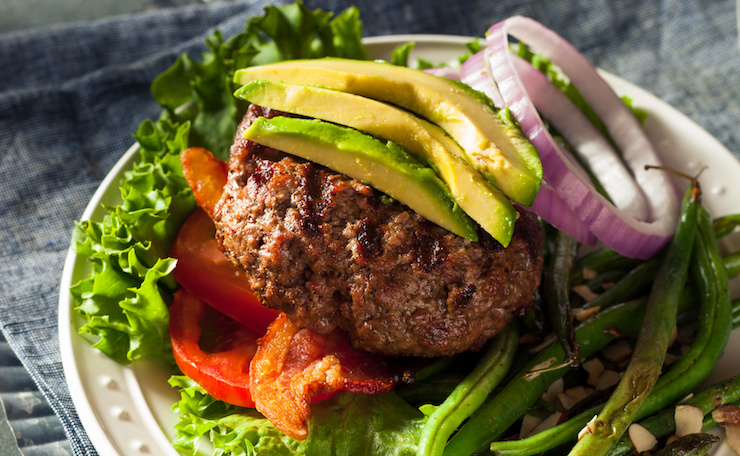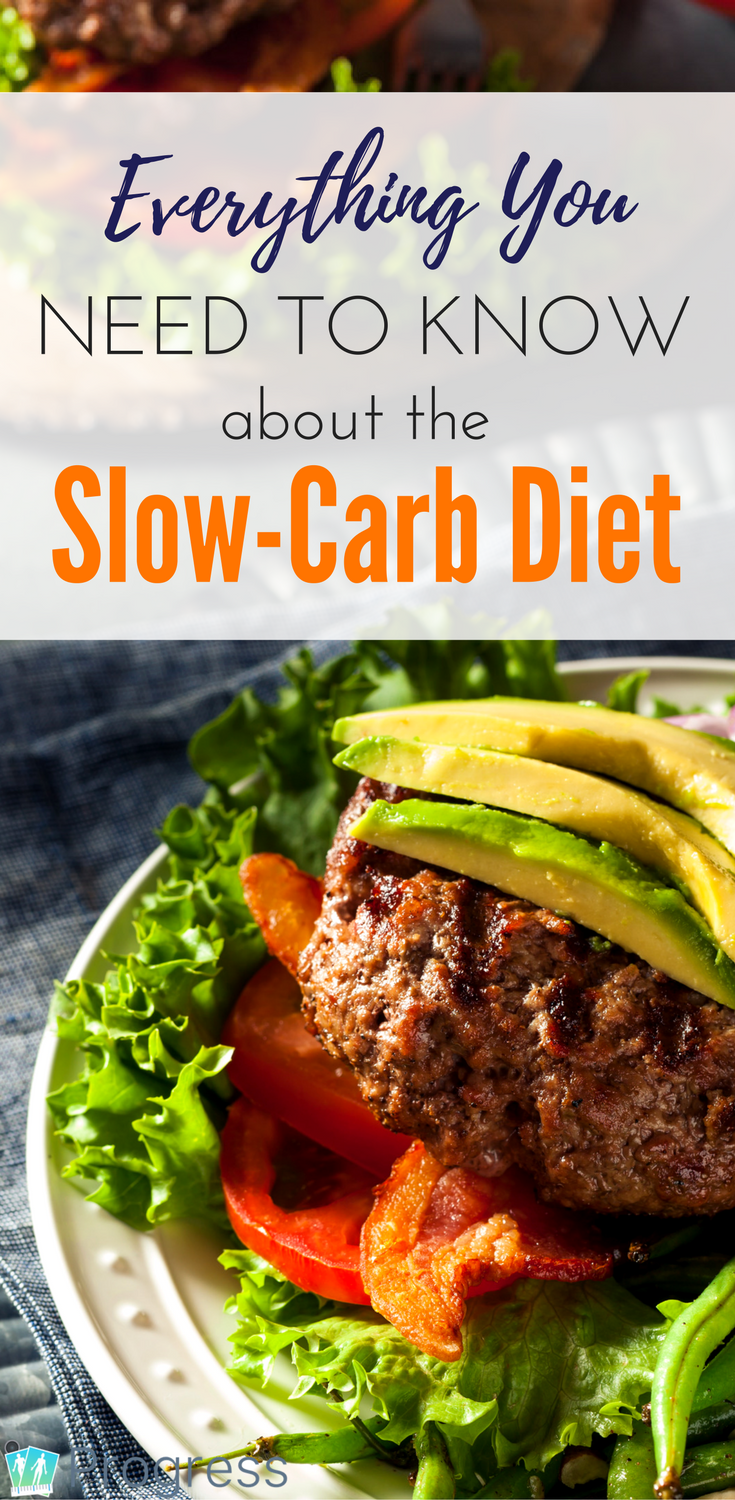
Everything You Need to Know About the Slow-Carb Diet

Tim Ferriss’ bestselling book, The 4-Hour Body, focused the author’s hacker-style approach onto all things body-related. Using himself as a guinea pig, he claimed to have discovered the optimum way to lose fat, gain muscle, perfect sleep, have better sex and reverse injuries.
To be honest, I found most of the book (like his other famous title, The 4-Hour Work Week) to be entertaining but forgettable. It felt like one long brag about his achievements, and there wasn’t a lot to take away from either book.
But the Slow-Carb Diet? Now that was a game-changer for me.
Not only did it help my husband and I get in shape for our wedding, but it has gone on to be our ‘go-to’ way of eating (on and off) for the last 6 years. And as diet years are basically the same as dog years, I think that’s a pretty impressive stretch.
What is the Slow-Carb Diet?
It’s a way of eating based on a set of simple rules:
Rule 1: Avoid starchy carbohydrates such as bread, pasta, rice, potatoes, oats, grains or anything made with flour or cereals.
Rule 2: Eat the same few meals over and over again, especially for breakfast and lunch.
Rule 3: Don’t drink calories – 1-2 glasses of dry red wine per night is the only booze allowed.
Rule 4: Don’t eat fruit. Only avocado and tomatoes are permitted.
Rule 5: No dairy apart from cottage cheese.
Rule 6: Avoid the usual suspects: cakes, chocolate, potato chips, cookies etc.
Rule 7: Eat at least 30g of protein within 30 minutes of waking up.
Rule 8: Take one day off per week and eat whatever you like. In fact, go nuts – eat as much of the ‘forbidden’ food as you can stomach!
Rule 9: Consistently measure your weight, body fat and total inches (TI). Tim recommends measuring your hips, waist, both upper arms and both thighs to get your TI.
In short, for six days a week every meal should consist of:
- Protein – lean meat, fowl, fish and eggs
- Vegetables and salads
- Beans and lentils

Take Supplements
While magnesium, potassium and calcium are recommended, the main combination of supplements is known as the PAGG stack and should be taken four times a day (AGG, AGG, AGG, PAGG):
- Policosanol: 20-25mg
- Alpha lipoic acid: 100-300mg
- Green tea flavanols: 325mg
- Garlic extract: 200mg
Exercise
Although exercises like squats and kettlebells can help to speed up the process, the bottom line is that you don’t have to kill yourself at the gym – the diet itself is enough. In fact, too much exercise can lead to a plateau, according to the book.
That said, Tim recommends repeating a combination of air squats, chest pulls and wall presses throughout your cheat day.
Cheat Day
My favorite day! Sadly, it’s not just a free for all – there are some guidelines you need to follow to make sure you gain as little weight as possible during the binge.
- Keep taking your PAGG stack as usual
- Eat a Slow-Carb meal for breakfast
- Drink a small amount of grapefruit juice before your first cheat meal, and consume citrus drinks through the day
- Drink caffeinated drinks (preferably coffee or yerba mate) with each meal to encourage bowel movement
- Spend about 60-90 seconds before each binge meal doing air squats, chest pulls and wall presses, and repeat the process again 90 minutes afterward
The goal here is to keep insulin (a storage hormone) from spiking too much and to make sure the binge meals pass out of your body as fast as possible.
That’s it!
NOTE: Although Ferriss isn’t a nutritionist, doctor or scientist, he’s quite transparent about the methodologies he’s used to hone his theories. While I’ve provided a great overview of the diet (even if I do say so myself) there are lots of fine details in the book that you need to understand if you want to follow this way of eating. I’d highly recommend picking up a copy of The 4-Hour Body, even if you just skip to the Slow-Carb section and ignore the rest.

How we use Slow-Carb
I’ve really put the Slow-Carb Diet through its paces over the years. I started out following it to the letter, but I’ve also tested how it works if I relax the rules a little. Unsurprisingly, it’s the latter that has become my go-to way of eating because it fits so easily into my lifestyle.
With the ‘relaxed’ version, we’ve dispensed with the supplements, ditched the cheat day exercises, and don’t always eat beans or lentils with every meal. We’re also pretty flexible about taking a night off if someone else is cooking for us. Oh, and we exercise too – at least 3 hours per week.
That said, we still mostly stick to protein, veggies and beans for six days out of seven, and then go nuts on a Saturday. I actually really like the discipline of sticking to it in the week because it means I don’t have to think about what to eat beyond a certain set of parameters, and – for me, anyway – following a set of rules for eating leads to a virtuous cycle of also being more disciplined when it comes to exercise, work and other areas of life.
The weight doesn’t come off as quickly this way, but in the last year alone I’ve lost 26 lbs – and that’s despite taking four months off the diet to travel. I’m still losing weight, slowly and steadily.
I’m happy to say that the Slow-Carb Diet has become that rare beast – a lifestyle, not a diet.
Try the Slow-Carb Diet
If you like the look of the Slow-Carb Diet, I’d recommend reading the book first and then trying it as Tim intended for at least a month to see if it works for you.
The more relaxed version we follow might not work for others, so always test any changes yourself and remember: the best diet is the one you can stick to.
For more information, visit the official site: fourhourbody.com
You can buy the 4-Hour Body book on Amazon.
Click here to see what happened when 3,500 people tested the Slow-Carb Diet over four weeks
Check out these tasty slow carb dinner recipes for a mouth-watering idea of the type of meals you can enjoy, or try my go-to weeknight beef taco recipe for your next Slow-Carb Taco Tuesday.
Did you know that the Progress app was originally created specifically for the Slow-Carb Diet? We wanted a quick and easy way to log the measurements Tim recommends and spreadsheets just didn’t cut it. Now the app has grown to include 17 points of measurement, graphs, notes and photo tools. Check it out on the App Store.

Recent Posts
Achieve your weight-loss goals with an intuitive app that transforms your data into a visual overview of your progress, helping you to stay motivated and on track.